structure
Type of resources
Available actions
Topics
INSPIRE themes
Keywords
Contact for the resource
Provided by
Years
Formats
Representation types
Update frequencies
status
Scale
-
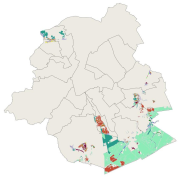
This dataset corresponds to the protected sites and natural habitats, in accordance with the ordinance of 1 March 2012 on nature conservation in the Brussels-Capital Region. It is made of six geometric classes : the nature and forest reserves, Natura 2000 sites, the impact zone around Natura 2000 sites,
-
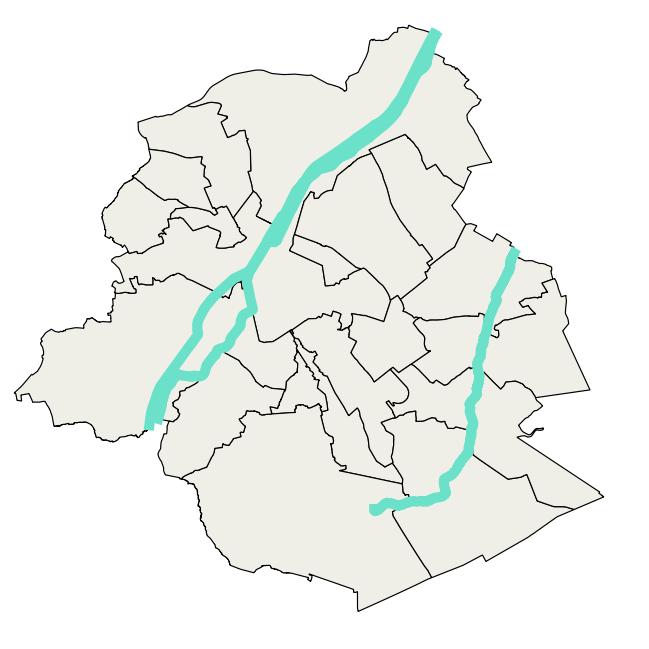
This dataset corresponds to the sewage treatment plants. It is made of three geometric classes : sewage treatment plants, sewage treatment plant collection basins and sewage treatment plant discharge points.
-
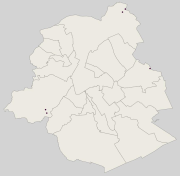
Brussels-Capital Region : location of the different surface water quality monitoring sites under the Water Framework Ordonnance and Directive. Surface waters concerned are surface water bodies: Canal, Senne and Woluwe. Monitoring involves a series of chemical, physico-chemical parameters... The code and the name of the monitoring site are given.
-
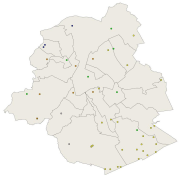
Brussels-Capital Region : location of the different groundwater level monitoring sites (or piezometric sites) managed by Brussels Environment under the surveillance monitoring of the groundwater status in accordance with the Ordonnance and the Water Framework Directive. Indication of the analyzed water body, the European Code and the Brussels code of the monitoring site.
-
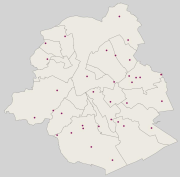
Brussels-Capital Region : location of the different groundwater quality monitoring sites managed by Brussels Environment and which results are transmitted through the reporting to Europe (under Article 8 of the Water Framework Directive). Indication of the analyzed water body, the European Code and the Brussels code of the monitoring site. Distinction between two types of monitoring: surveillance monitoring for all groundwater bodies (type_monitoring = 1) and operational monitoring for groundwater bodies identified as being at risk of failing to achieve the objectives of good status (type_monitoring = 2)
-
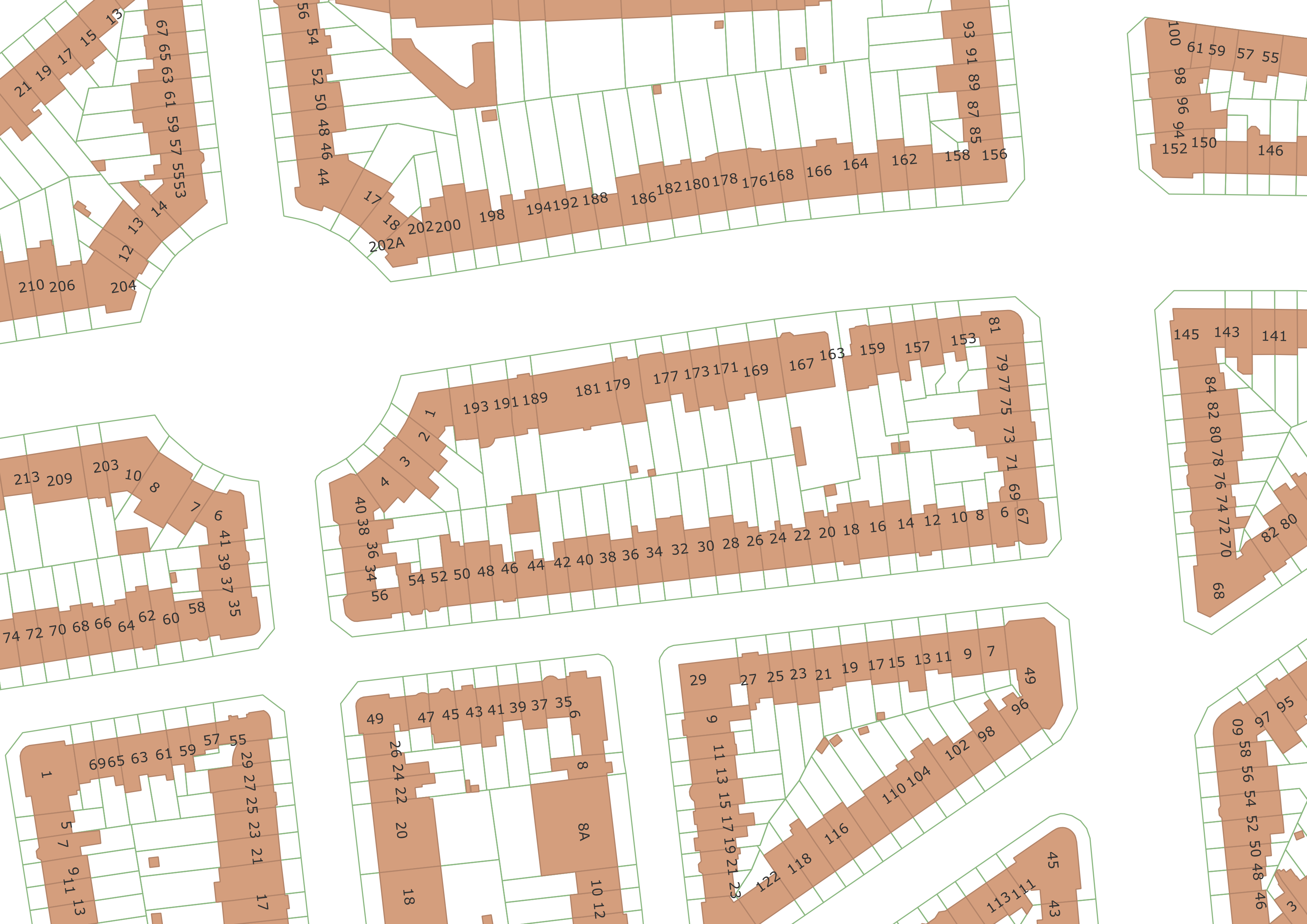
The UrbIS - Parcels and buildings product corresponds to the dataset of two-dimensionally modeled buildings located in the Brussels Region and the Cadastral Parcel Plan. This dataset is composed of three geometric classes. The first class corresponds to buildings. The second corresponds to addresses (only those with the status "current" are included in this dataset), and the third to cadastral parcels. The third class comes from the FPS Finance. Its licence applies to the third class. The dataset is freely downloadable as zipped files and via the ad hoc WFS.
-
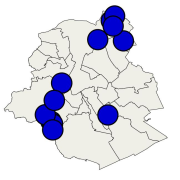
Brussels-Capital Region : Big industrial installations that are reported under the framework of directive 2010/75/EU of 24 november 2010 on industrial emissions (« IED »). This directive aims to prevent and reduce, with an integrated approach, air, water and soil pollution that comes from industrial installations. It gathers different directives focussing on industrial emissions. The dataset consists of the reported installations, but excluding dry cleaning services.
-
The UrbIS - Mapping M7 to M8 product corresponds to the mapping between identifiers of some M7 objects and their equivalents in M8 when the identifiers are not identical. The mapping is performed as follows: ADPT in M7 corresponds to Addresses in the M8 Parcels and Buildings product; 3D BU in M7 corresponds to Three-dimensional buildings in the M8 3D Constructions product; and 2D BU in M7 corresponds to Buildings in the M8 Parcels and Buildings product. The dataset is freely downloadable as three csv files.
-

Brussels-Capital Region : location of the different surface water biological quality monitoring sites under the Water Framework Ordonnance and Directive. Surface waters concerned are surface water bodies: Canal, Senne and Woluwe. Monitoring involves a series of biological parameters.
-
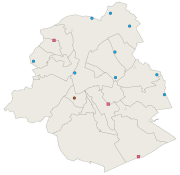
Brussels-Capital Region: location of various monitoring stations sound levels, managed by Brussels Environment. The monitoring stations are dedicated to ambient noise, road, rail and/or air. Indication of the name (corresponding to the location) and the dominant sound source. Measurement results are available via the module WebNoise on the website of Brussels Environment.
 Geobru catalogue
Geobru catalogue